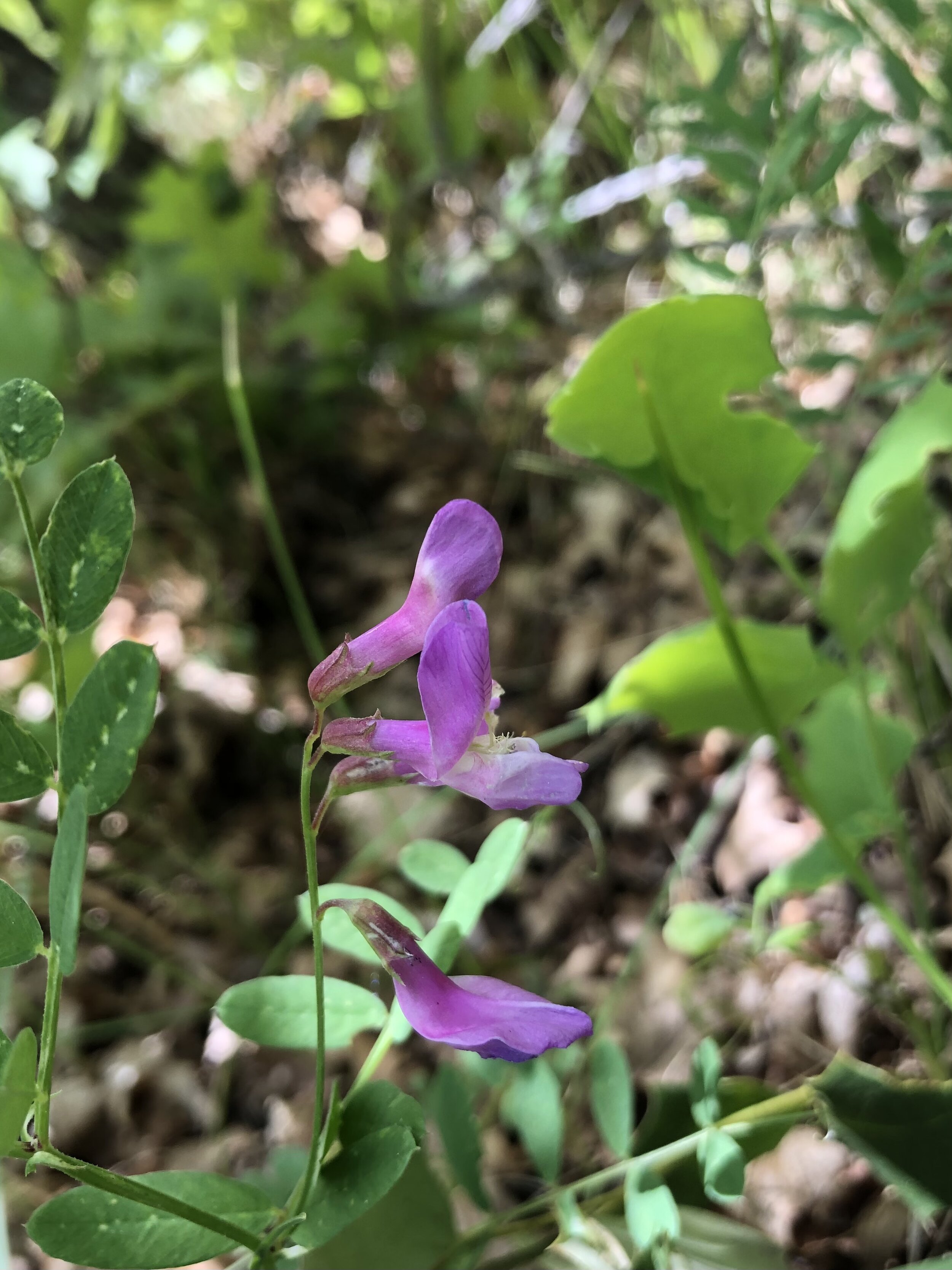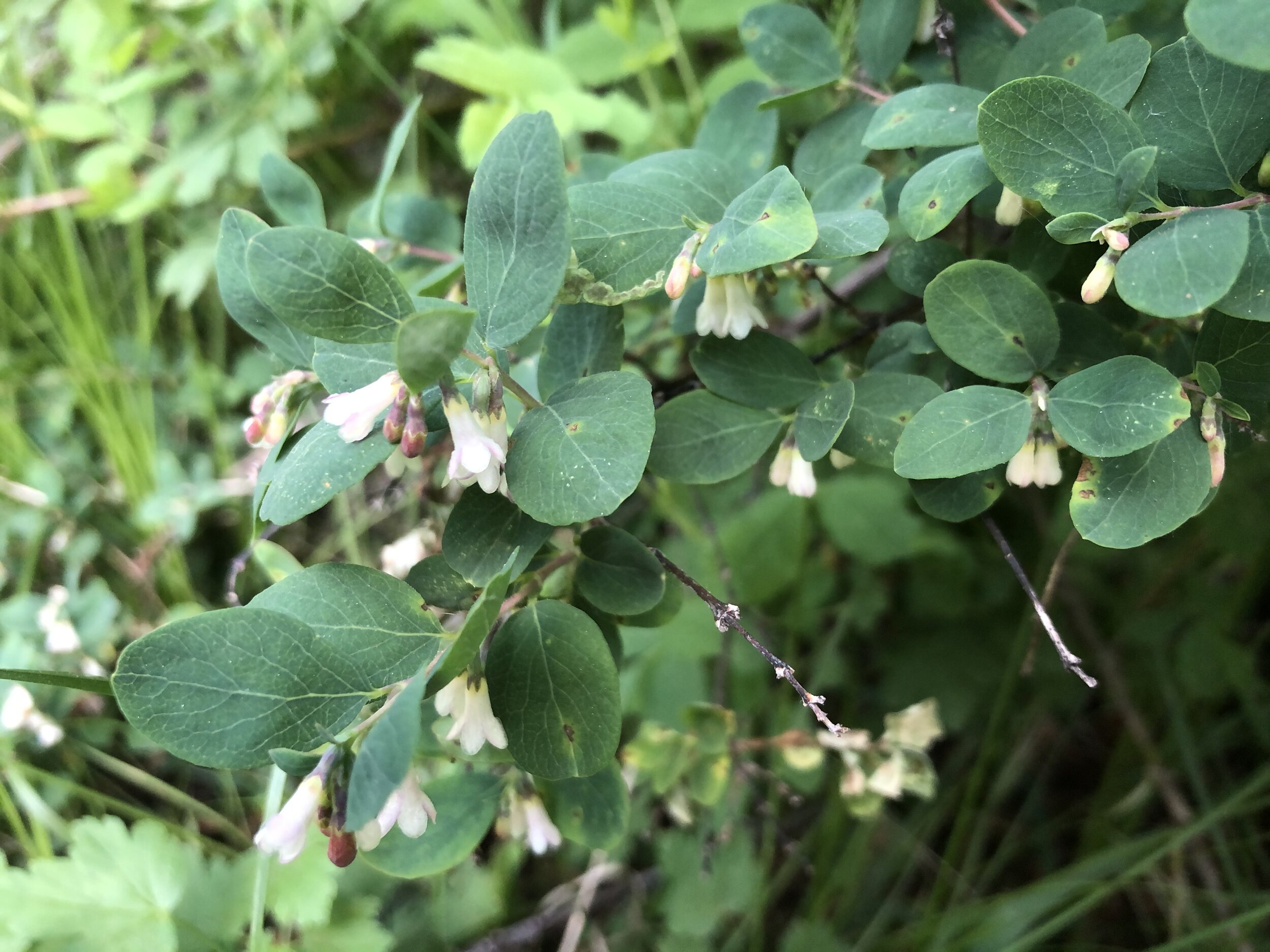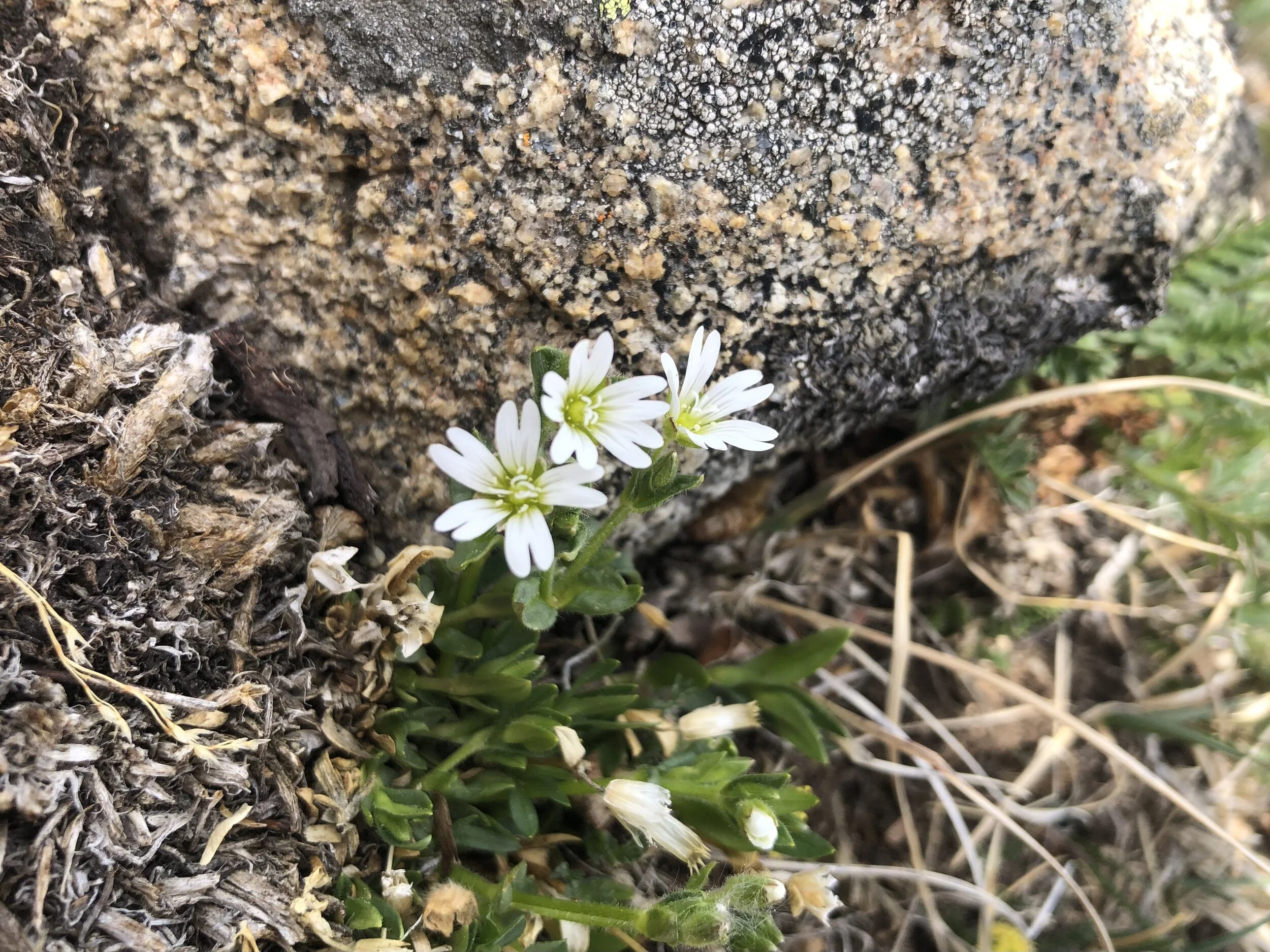P. viscosum, ne of summit, 12,100’, June 23, 2021
Common & scientific name
Sky pilot, Polemonium viscosum
Family
Phlox, Polemoniaceae
Location
Summit, 12,100’
Fun, weird, helpful, or little known fact
If you’ve ever been scrambling along a rocky alpine ridge and swore you smelled a skunk, you were (sort of) correct! Polemonium viscosum, a common but striking tundra flower, sometimes goes by the name “Skunkweed,” owing to the strong odor it sometimes puts out. Like its faunal namesake, however, it is a beauty to behold, no matter the smell. So hold your nose and thank your lucky stars for being where you are: in the magnificent alpine among the magnificent Sky pilot!
P. viscosum, Sayres Ridge, 13,300’, July 2, 2021































